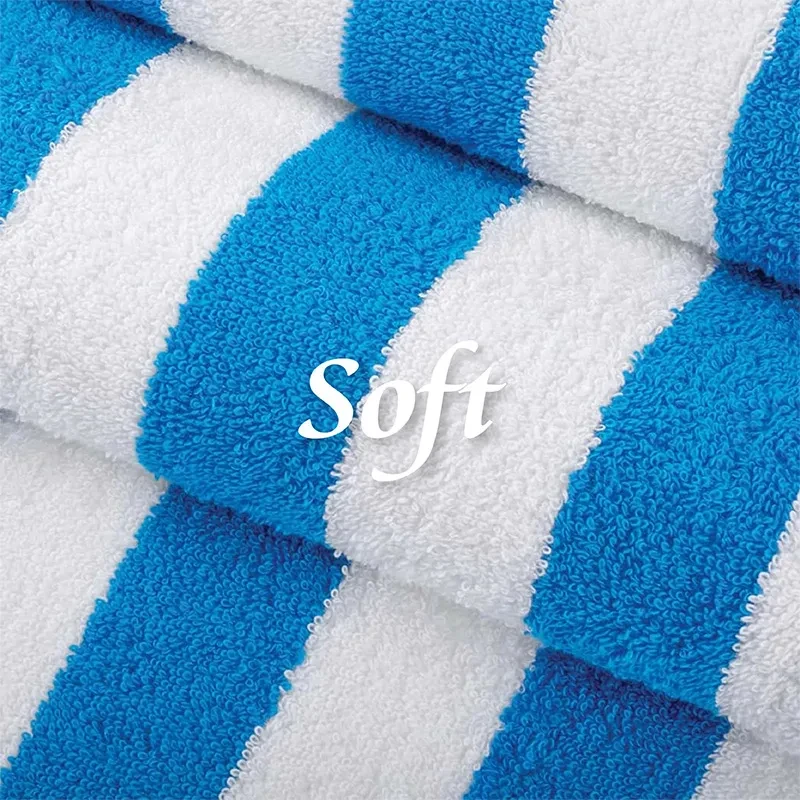bed duvet insert
The Ultimate Guide to Choosing the Perfect Bed Duvet Insert
When it comes to creating the perfect sleeping environment, the right duvet insert can make all the difference. A duvet insert not only provides warmth and comfort but also adds style to your bedroom decor. In this guide, we’ll explore the various types of duvet inserts available, how to choose the right one for your needs, and tips for maintaining its cleanliness and longevity.
Types of Duvet Inserts
1. Down Duvet Inserts Down is a natural insulator, made of the soft feathers from ducks or geese. Down duvet inserts are known for being lightweight yet incredibly warm. They offer excellent thermal efficiency, making them a popular choice for cold climates. However, they can be expensive and may not be suitable for those with allergies to feathers.
2. Down Alternative Duvet Inserts For those who prefer a hypoallergenic option, down alternative duvet inserts are an excellent choice. They typically use synthetic fibers like polyester to mimic the warmth and fluffiness of down without the allergenic properties. These can be more affordable and easier to clean.
3. Wool Duvet Inserts Wool is another natural option that regulates temperature exceptionally well. It can keep you warm in winter and cool in summer, making it a versatile choice for year-round comfort. Wool duvet inserts are also moisture-wicking, which means they can help keep you dry during the night.
4. Cotton Duvet Inserts Cotton duvet inserts are breathable, soft, and perfect for those who prefer natural materials. While they may not be as insulating as down or wool, they provide a cozy and comfortable feel, particularly in warmer climates.
Choosing the Right Duvet Insert
When selecting a duvet insert, consider the following factors
- Fill Power This refers to the fluffiness and insulating ability of down. A higher fill power indicates better warmth-to-weight ratio. For colder climates, look for duvet inserts with a fill power of 600 or more.
- Weight The weight of the duvet is also critical. Lighter duvets are ideal for hot sleepers, while heavier ones provide extra warmth during colder months.
bed duvet insert

- Tog Rating The tog rating indicates thermal insulation. A higher tog rating (like 10.5 to 13.5) is suitable for winter, while lower ratings (like 4.5 to 7.5) work well for summer or warmer climates.
- Size Ensure you choose the right size for your bed. Duvets come in various sizes—twin, full, queen, and king. A duvet that is too small will not offer sufficient coverage, while one that is too large may be cumbersome.
Maintenance Tips
To keep your duvet insert in tip-top shape, follow these maintenance tips
- Regular Fluffing Fluffing your duvet regularly helps maintain its structure and loft, ensuring it continues to trap heat effectively.
- Covers Use a duvet cover to prolong the life of your insert. It’s easier to wash a duvet cover than the entire duvet itself, making it practical for cleanliness.
- Cleaning Check the care label for cleaning instructions. Most duvet inserts can be machine washed, but some may require dry cleaning. Always follow the manufacturer's recommendations.
- Storage If you need to store your duvet insert off-season, keep it in a breathable cotton bag to protect it from dust while allowing air circulation.
Conclusion
Investing in the right duvet insert can significantly enhance your sleep quality and bedroom aesthetics. By understanding the different types of duvet inserts available and how to choose one that suits your personal needs, you can create a cozy space that welcomes you into serene slumber every night. Remember to maintain its cleanliness and structure to ensure your duvet insert remains a cherished part of your bedding for years to come.
-
Elevating Comfort and Quality with the Right Bed LinenNewsJul.07, 2025
-
Bedding Essentials: From Percale Sheets to White Quilts, Finding Your Perfect Sleep HavenNewsJul.07, 2025
-
Choosing the Right Bedding for a Comfortable and Stylish BedroomNewsJul.07, 2025
-
Understanding the Diverse World of Towel TypesNewsMay.29, 2025
-
The Ultimate Comfort: Discover the Benefits of Polycotton SheetsNewsMay.29, 2025
-
Experience Luxury with 1800 Brushed Microfiber SheetsNewsMay.29, 2025
-
Elevate Your Sleep with Luxurious Hotel Sheets for SaleNewsMay.29, 2025






